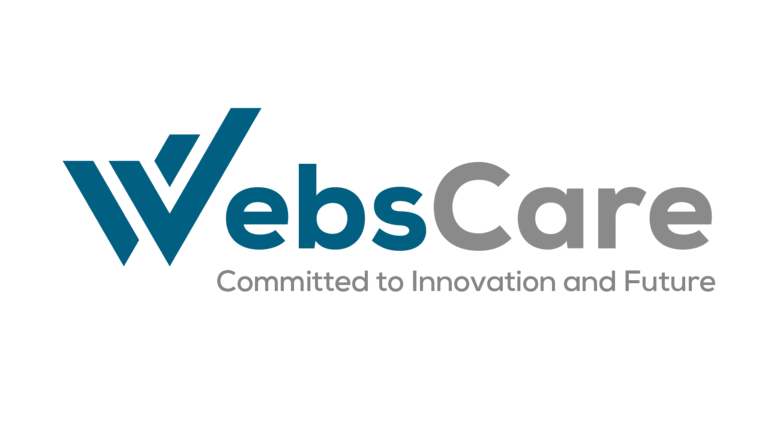Today, in the hyper-competitive digital world, the ability to rapidly develop and deploy high-quality software is dominant. Businesses are under constant pressure to deliver high-quality software products quickly to meet customer demands and stay ahead of the competition. Agile and DevOps have emerged as two essential methodologies that help organizations achieve this goal. While Agile focuses on iterative development and collaboration, DevOps emphasizes automation and continuous integration. Together, they create a powerful framework for modern software development. In this article, our WebsCare research team will explore the roles of Agile and DevOps in modern software development and discuss best practices for using these methodologies to optimize the software development lifecycle.
Understanding Agile and DevOps
Let’s understand agile and devops

Curious about how web development is shaping Pakistan’s digital future? Let’s read more about it.
Agile Methodology
Agile is a software development approach that promotes iterative progress, collaboration, and adaptability. It was introduced as a response to the limitations of traditional waterfall development which often led to delayed deliveries and misaligned end products. Agile breaks down the development process into small, manageable increments called “sprints,” typically lasting two to four weeks. Each sprint results in a potentially shippable product increment, allowing teams to gather feedback early and make adjustments as needed. It prioritizes customer feedback, continuous improvement, and incremental releases. Agile frameworks such as Scrum, Kanban, and SAFe enable teams to respond quickly to changing requirements and deliver working software frequently.
DevOps Methodology
DevOps is a cultural and technical movement that bridges the gap between development and operations teams. It aims to automate software delivery, improve collaboration and ensure continuous integration and deployment (CI/CD). DevOps practices include infrastructure as code (IaC), monitoring, and automated testing to enhance efficiency and reliability.
How Agile and DevOps Work Together
Agile and DevOps complement each other by integrating flexible development practices with automated operations. While Agile improves software development speed and adaptability, DevOps ensures smooth deployment and infrastructure management. Together, they enable a continuous feedback loop, reducing bottlenecks and enhancing product quality.

Best Practices for Agile and DevOps Integration
To maximize the benefits from Agile and DevOps, organizations should implement the following best practices
1. Promote Cross-Functional Collaboration
Encourage open communication and collaboration between development, operations and other teams. Shared goals and responsibilities help create a unified approach to software delivery. Form teams with diverse skill sets including developers, testers and operations specialists, to ensure a holistic approach to problem-solving. Hold regular stand-up meetings to track progress. Use collaboration tools like Jira, Slack and Confluence.
2. Embrace Automation
Implement automated testing at every stage of the development process to catch defects early and ensure code quality. Use CI/CD pipelines to automate the deployment process, reducing manual errors and speeding up delivery. Use Infrastructure as Code (IaC) tools to automate the provisioning and management of infrastructure, ensuring consistency and repeatability.
Recommended strategies include:
- Implementing unit, functional and regression testing.
- Using monitoring tools like Prometheus, Datadog or Splunk.
- Enforcing security testing (DevSecOps) to address vulnerabilities early.
Looking for expert web development services? Get in touch with us today!
3. Implement Continuous Integration and Continuous Delivery (CI/CD)
Encourage developers to integrate code changes into a shared repository multiple times a day. Automated builds and tests should be triggered with each integration. Set up automated pipelines that take code from development to production with minimal manual intervention. This ensures that software can be deployed reliably and at any time.
4. Prioritize Monitoring and Feedback
Implement monitoring tools to track the performance and health of applications in real-time. This helps identify and resolve issues before they impact users. Establish feedback loops with customers and stakeholders to gather insights and make data-driven decisions. Use this feedback to refine and improve the product continuously.
5. Focus on Continuous Improvement
Conduct regular retrospectives at the end of each sprint to reflect on what went well, what didn’t and how processes can be improved. Embrace the philosophy of continuous improvement (Kaizen) by encouraging teams to identify and implement small, incremental changes that lead to significant improvements over time.
6. Invest in Training and Tools
Provide ongoing training and development opportunities for team members to stay updated on the latest Agile and DevOps practices and tools. Invest in a strong toolchain that supports Agile and DevOps practices including version control, CI/CD, monitoring and collaboration tools.
How to deploy a full stack web application? Let’s read more about it.
Conclusion
Agile and DevOps have become indispensable in modern software development, enabling organizations to deliver high quality software faster and more efficiently. By integrating Agile’s flexibility with DevOps’ automation, organizations can enhance collaboration, reduce errors and accelerate time-to-market. Implementing best practices like CI/CD, automation and continuous feedback ensures sustained success in today’s competitive world. These best practices not only accelerate product delivery but also enhance the overall quality and reliability of software, ultimately leading to greater customer satisfaction and business success. In a world where speed and efficiency are dominant, Agile and DevOps provide the framework and practices needed to stay competitive and meet the ever-evolving demands of the market. By adopting these methodologies and best practices, organizations can transform their software development processes and achieve faster, more efficient product delivery.


